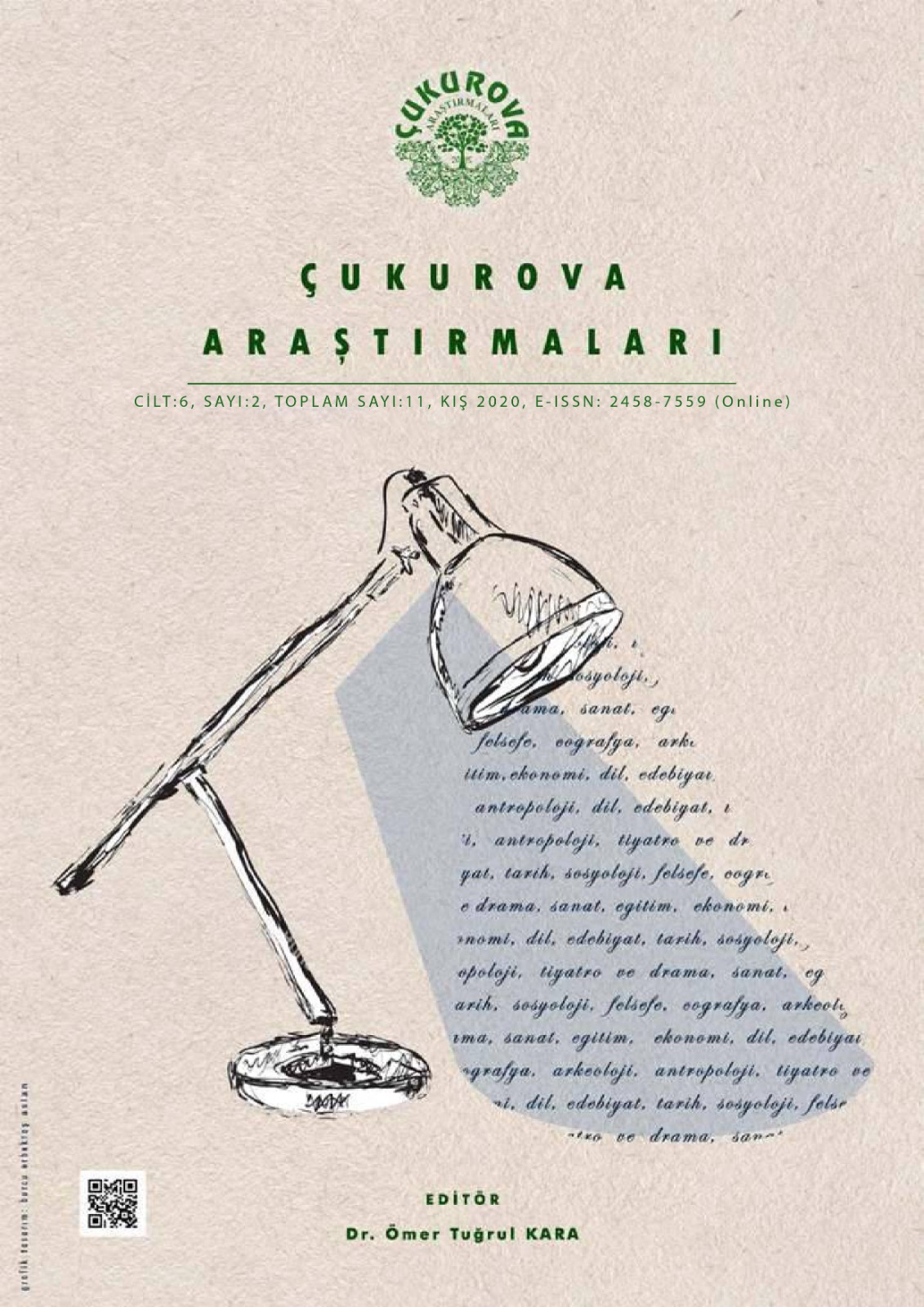Author :
Abstract
Türklerin İslamiyet’i kabul etmesinden sonra XI. yüzyılda ortaya konulan ilk eser, Yusuf Has Hacip’in 1069 yılında kaleme aldığı “Kutadgu Bilig” adlı eserdir. Mutluluk veren bilgi anlamına gelen bu eserinde yazar, hem bu dünyada hem de ahirette insanın mutlu olmasının yollarını anlatmaya çalışmıştır. Kitabın giriş kısmında Yusuf Has Hacip, okuyana kutlu olsun ve yol göstersin diye kitaba “Kutadgu Bilig” adını verdiğini söyler. Aynı zamanda siyasetname özelliği gösteren bu eser Karahanlılar’ın hükümdarı Tabgaç Uluğ Buğra Karahan’a sunulmuştur. Yusuf Has Hacip eserinde devlet adamlarında olması gereken özellikleri sembolik olarak dört kavram üzerinden ele almıştır. Eser öğretici bir nitelik taşımasının yanısıra kavramları kişiler üzerinden anlatması yönüyle alegorik bir özellik taşımaktadır. Kutadgu Bilig bize, binlerce yıllık Türk tarihinde, birçok coğrafya, iklim, din, kültür ve uygarlık değişikliklerine rağmen, ana çizgileri aşağı yukarı aynı kalan bir toplum ve devlet anlayışının sürdüğünü göstermektedir.
Bu çalışmada Kutadgu Bilig’in tüm beyitleri “sevgi ifadeleri” yönünden incelenmiş ve ilgili kelimeler, beyit numarası, ilgili beyitlerin çeviriyazısı ve günümüz Türkçesi ile birlikte verilmiştir. Sevgi ifadeleri “Tanrı’ya sevgi”, “peygambere sevgi”, “sevgiliye sevgi”, “devleti yönetene sevgi” gibi farklı alanlara göre tasnif edilmiş ve bu ifadelerle ilgili sayısal bilgi verilmiştir. En çok geçen ve en az geçen sevgi ifadeleri belirlenmiştir. Çalışmadaki amaç bir tema doğrultusunda eserin sözvarlığını ortaya çıkarabilmektir.
Keywords
Abstract
The first work put forward in the 11th century after the Turks accepted Islam is the work named "Kutadgu Bilig" written by Yusuf Has Hacip in 1069. In this work, which means the knowledge that gives happiness, the author tried to explain the ways of making people happy both in this world and in the hereafter. In the introduction part of the book, Yusuf Has Hacip says that he called the book “Kutadgu Bilig” so that he may congratulate the reader and guide him. At the same time, this work, which has the characteristics of a politics, was presented to Tabgaç Uluğ Buğra Karahan, the ruler of the Karakhanids. In his work, Yusuf Has Hacip discusses the features that should be in politicians symbolically through four concepts. The work has an allegorical feature in that it describes the concepts through individuals, as well as having an instructive quality. Kutadgu Bilig shows us that, in thousands of years of Turkish history, despite many changes in geography, climate, religion, culture, and civilization, the understanding of society and state whose main lines remain roughly the same continues. In this study, all couplets of Kutadgu Bilig were examined in terms of "expressions of love," The related words are given together with couplet number, translation of the related couplets, and modern Turkish. Expressions of affection were classified according to different fields such as love for God, love for the prophet, love for the beloved, love for the ruler, and numerical information was given about these expressions. The most passing and least passing love expressions were determined. The study aims to reveal the vocabulary of the work in line with a theme.
Keywords
- Arat, R. R. (1991). Kutadgu Bilig I Metin. Ankara : Türk Dil Kurumu Yayınları.
- Arat, R. R. (2003). Kutadgu Bilig II Tercüme. Ankara: Türk Tarih Kurumu Yayınları.
- Arat, R. R. (1979). Kutadgu Bilig III İndeks. (Eraslan, K. , Sertkaya, O. F. , Yüce N. , haz.) İstanbul: Türk Kültürünü Araştırma Enstitüsü Yayınları.
- Akgün, M. (1997). Kutadgu Bilig'te insan ve kamil insan. Pamukkale Üniversitesi Eğitim Fakültesi Dergisi, 3, 1-11.
- Taş, İ. (2010). Kutadgu Bilig’in teorik yapısı. Turkish Studies, 5 (3), 1880-1897.





